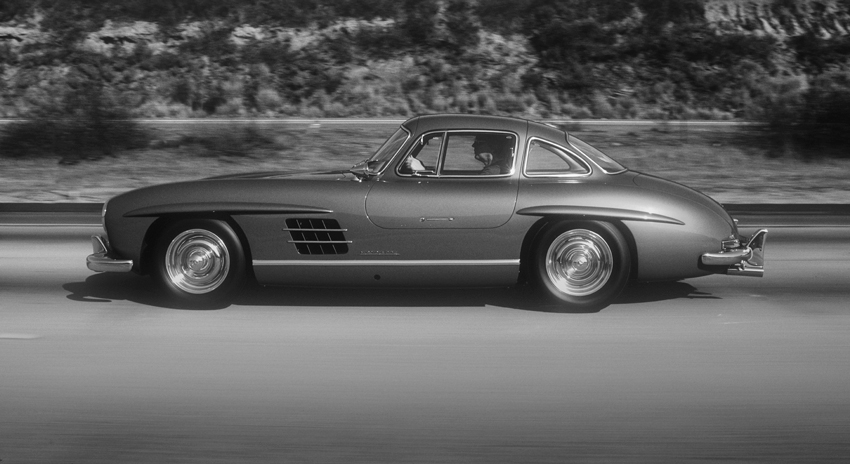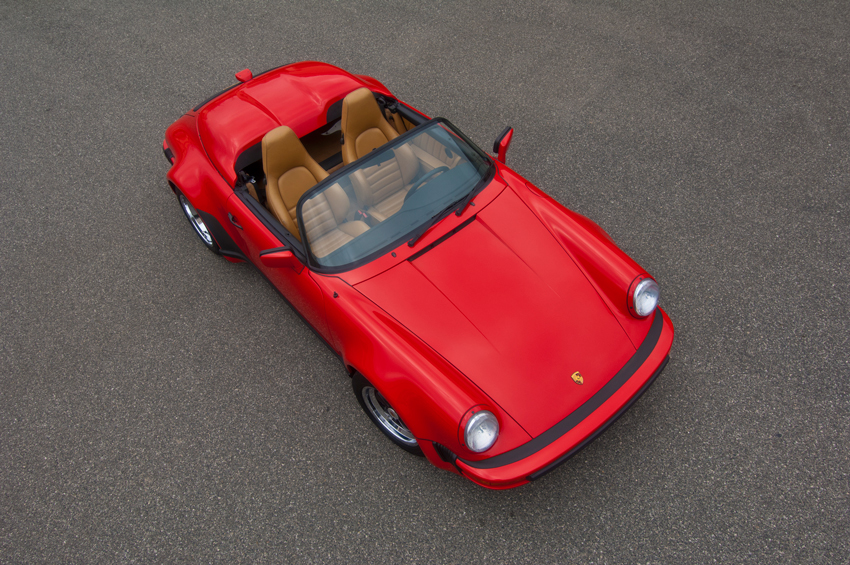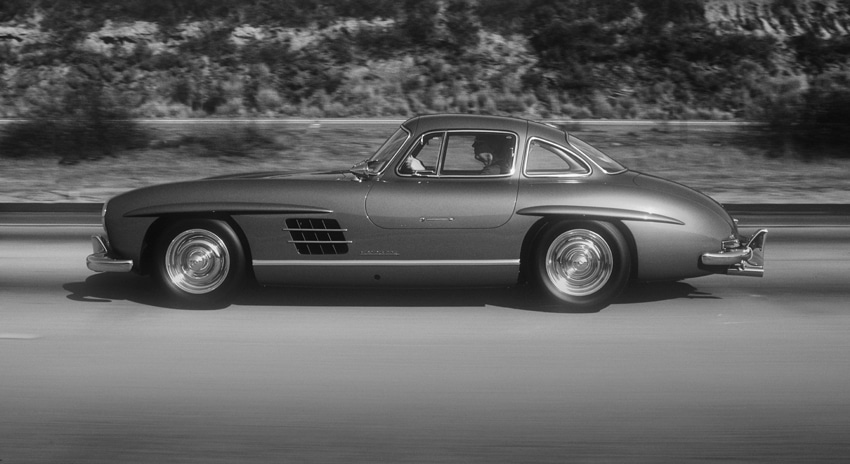There is widespread criticism of car-flippers, those who allegedly acquire a car at one auction and attempt to sell it for a quick profit at the next. The survey we made for the poster cars story above recorded 559 specific transactions by vehicle identification number from January 2012 through March 2015. During that time just 19 VIN numbers appeared a second time; none appeared more than twice.

Lest readers think every one of those consignors made a killing on their resale, five of these 19 – when factoring in all fees – instead of flipping actually flopped. Were these instances of a collector acquiring and then reselling a collection placeholder? Was this a case of buyer’s remorse – I bought it to try it and I just don’t care for it. Or I don’t fit in it? One of those motivations was likely the case with a 1965 Porsche 911 purchased in the winter of 2014 and sold through the same house 14 months later for $2,750 less including fees. In another instance, a previously crashed and then heavily modified 1991 Ferrari F40 sold in Arizona in 2014. In auction notes at the same house a year later, the buyer reported the car was “too fast for me.” He sacrificed $99,500.
Other buyer/consignors have had better experiences. A Rudge-wheeled, factory luggage-equipped 1955 Mercedes-Benz 300SL Gullwing sold in January 2014 for $1,078,000 and a year later through a different January auction house, brought $1,485,000. Likely more must have happened than simply the passage of time because another ’55 Gullwing – lacking special wheels or bags but with a significant history sold mid-year in California 2014 for $1,075,000 and six months later went for $1,100,000 in Scottsdale.

One shrewd buyer acquired a 1989 Porsche Carrera Speedster for $110,000 in Arizona 2012 and sold it through another house in Arizona in 2015 for $214,500. A few other transactions enjoyed similar increases. Perhaps most notable was a 1972 Ferrari 356GTB/4 Daytona Spider in black that sold at one Amelia Island auction in 2012 for $1,210,000 but then brought $3,300,000 through a competing house this past March at Amelia. Two other Ferrari Daytonas – both coupes – approximately doubled in price between purchase dates in August 2012 and sales during 2014.
We have no way to know what happened during this time with automobiles purchased and sold by private treaty, whether or not they ever had entered the auction world. In fact, this opens a number of other questions: How many auction buyers did buy a car with the intention to flip it but did not, for whatever reason? If they sold it privately, why not publicly? There is no way to measure intention. Factoring in the five sales that lost money, the average increase in price across the 19 resales was 38.4 percent, a figure impressive enough to explain the envy and ill will directed at those accused of “flipping” cars. That number, however, does not reflect the unknown costs of vehicle preparation, transportation, and other expenses before the auction. Finally, these 19 transactions represent only 3.4 percent out of the 559 recorded auction sales of these desirable and high value automobiles we reviewed. Even the most optimistic statistical analyst could never call that a trend.
Photos by Randy Leffingwell © 2015 All Rights Reserved




